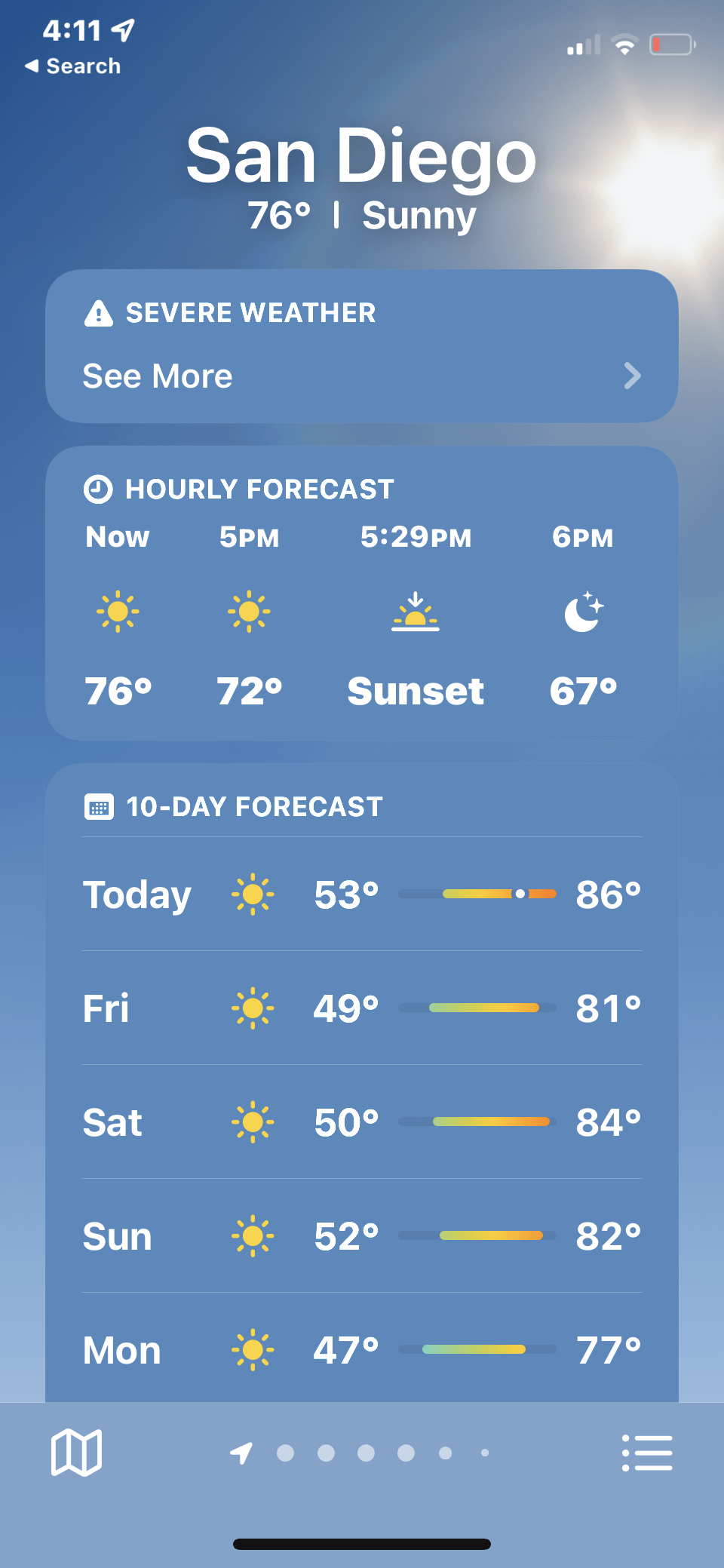Back-to-Back Harmful Algal Blooms Force Kodiak Shellfish Harvest Closures

Table of Contents
Understanding Harmful Algal Blooms (HABs) in Kodiak
Harmful algal blooms, often referred to as red tides (though not always red in color), are rapid increases in the populations of harmful algae in water. These microscopic organisms produce toxins that accumulate in shellfish, making them unsafe for human consumption. In Kodiak, the specific algae responsible for the recent blooms are still under investigation, but preliminary findings suggest several species potentially contributing to the toxin levels. The toxins produced, such as domoic acid and saxitoxin, are potent neurotoxins.
- Types of toxins: Domoic acid, a potent neurotoxin, is associated with amnesic shellfish poisoning (ASP). Saxitoxin causes paralytic shellfish poisoning (PSP), a potentially fatal condition. Other toxins may also be involved.
- Symptoms of shellfish poisoning: Symptoms vary depending on the toxin ingested, but can include nausea, vomiting, diarrhea, neurological problems (memory loss, confusion, seizures), and paralysis. In severe cases, PSP can be fatal.
- Public health risks: Consuming shellfish contaminated with HAB toxins poses significant risks to human health. Regular testing and monitoring programs are crucial to protect public safety.
The Impact of Back-to-Back HAB Events on Kodiak's Economy
The back-to-back closures of Kodiak's shellfish harvests have had a devastating impact on the local economy. Shellfishing is a cornerstone of Kodiak's identity and livelihood, providing jobs for hundreds of fishermen, processors, and related businesses. The closures have led to:
- Estimated financial losses: Millions of dollars in lost revenue are projected, impacting both commercial fishing operations and the broader community. Precise figures are still being calculated, but the impact is undeniable.
- Impact on local businesses: Restaurants, seafood markets, and tourism businesses reliant on the shellfish industry are experiencing significant declines in revenue and potential job losses. The knock-on effect extends throughout the entire local economy.
- Government assistance or support measures: The state and federal governments are exploring emergency relief measures to assist affected businesses and individuals. However, long-term solutions are urgently needed.
Environmental Factors Contributing to HABs in Kodiak
Several environmental factors might be contributing to the increased frequency and intensity of HABs in Kodiak. While the exact causes are complex and require further research, several key factors are under scrutiny:
- Water temperature changes: Rising ocean temperatures due to climate change are believed to be a significant driver of HABs. Warmer waters provide ideal conditions for the growth of harmful algae.
- Nutrient levels in the water: Runoff from land containing fertilizers and other nutrients can fuel algal blooms. Increased nutrient levels can stimulate excessive growth of algae, including harmful species.
- Oceanographic conditions: Ocean currents and upwelling patterns can influence the distribution and concentration of harmful algae. Changes in these conditions can exacerbate HAB events.
Monitoring and Management of HABs in Kodiak
To protect public health and the shellfish industry, robust monitoring and management strategies are vital. Kodiak currently employs several methods:
- Shellfish testing protocols: Regular testing of shellfish for toxins is conducted to ensure safety before harvests can resume. These protocols are crucial for protecting consumers.
- Early warning systems: Improved monitoring and early warning systems are needed to provide timely alerts of potential HAB events, allowing for proactive responses.
- Research initiatives: Ongoing research efforts aim to better understand the causes of HABs in Kodiak, identify predictive factors, and develop effective management strategies to reduce the frequency and intensity of these blooms.
The Urgent Need for Continued Monitoring of Harmful Algal Blooms in Kodiak
The back-to-back harmful algal blooms in Kodiak have exposed the vulnerability of the local shellfish industry and the broader economy. The consequences are severe, impacting livelihoods and the environment. Continued monitoring and research are paramount to mitigating the risk of future HAB outbreaks. We must work together to understand and address the underlying causes, improve early warning systems, and support Kodiak's shellfish industry. Stay informed about HABs in Kodiak through resources like the Alaska Department of Environmental Conservation and the National Oceanic and Atmospheric Administration (NOAA). Support initiatives aimed at protecting Kodiak’s shellfish industry and environment, and help ensure a sustainable future for this important resource. Let's work together to monitor harmful algal blooms and protect Kodiak's valuable shellfish harvest.

Featured Posts
-
 San Diego Inclement Weather Program In Effect Tonight
May 30, 2025
San Diego Inclement Weather Program In Effect Tonight
May 30, 2025 -
 Frankenstein Del Toros Cryptic Teaser Sparks Debate Among Horror Fans
May 30, 2025
Frankenstein Del Toros Cryptic Teaser Sparks Debate Among Horror Fans
May 30, 2025 -
 Grand View University Announces Commencement Speaker Boesen
May 30, 2025
Grand View University Announces Commencement Speaker Boesen
May 30, 2025 -
 Droits De Douane Guide Pratique Et Mode D Emploi Detaille
May 30, 2025
Droits De Douane Guide Pratique Et Mode D Emploi Detaille
May 30, 2025 -
 Kawasaki Disease Evidence Points To A Novel Respiratory Virus
May 30, 2025
Kawasaki Disease Evidence Points To A Novel Respiratory Virus
May 30, 2025
Latest Posts
-
 Tavaszias Meleg Es Hullamos Csapadek A Belfoeldoen
May 31, 2025
Tavaszias Meleg Es Hullamos Csapadek A Belfoeldoen
May 31, 2025 -
 Belfoeld Toebb Hullamban Erkezik A Csapadek De Meleg Marad
May 31, 2025
Belfoeld Toebb Hullamban Erkezik A Csapadek De Meleg Marad
May 31, 2025 -
 Guelsen Bubikoglu Nun Sosyal Medyada Tuerker Inanoglu Icin Yaptigi Paylasim
May 31, 2025
Guelsen Bubikoglu Nun Sosyal Medyada Tuerker Inanoglu Icin Yaptigi Paylasim
May 31, 2025 -
 Haciosmanoglu Nun Macaristan A Yaptigi Ziyaret Bir Degerlendirme
May 31, 2025
Haciosmanoglu Nun Macaristan A Yaptigi Ziyaret Bir Degerlendirme
May 31, 2025 -
 Haciosmanoglu Nun Macaristan Ziyaretinin Ardindaki Nedenler
May 31, 2025
Haciosmanoglu Nun Macaristan Ziyaretinin Ardindaki Nedenler
May 31, 2025
